Julia Lamazhapova, 33 years old, hometown — Irkutsk, blogger
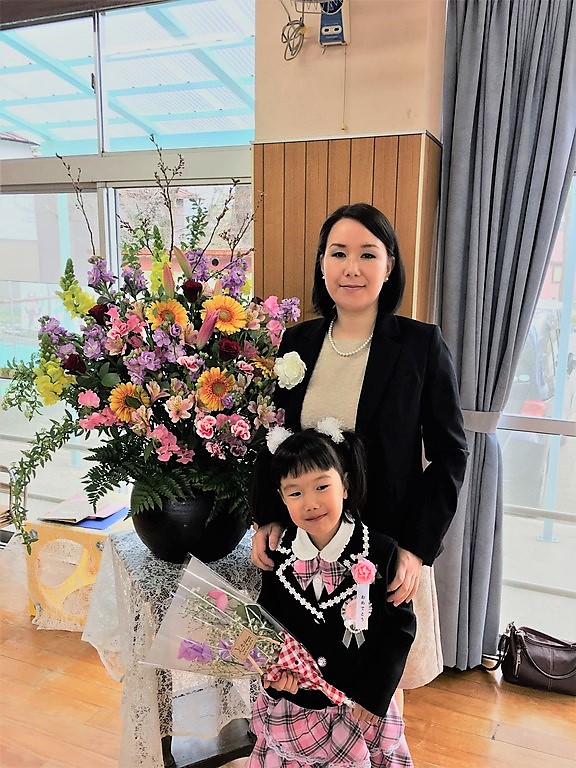
I am a journalist by profession, so I started blogging when I moved to Japan. Then I opened a shop of Japanese cosmetics and vitamins. My husband is a translator from Japanese. We have two children and live in the port city, Toyama. Our daughter Ksenia goes to the second grade of Junior school.
Japanese school consists of three stages: Junior 1-6 grade, middle 7-9 grade and high 10-12 grades. The principle of enrolment in school by the place of living is strictly observed because children go to school on their own. The first two weeks first-graders accompanied by older students. Then children go to school together. And return from school the same way.
In addition, retired volunteers in green coats look after children in the morning and the afternoon. They stand at busy intersections, railway stations and help to children get home safely.
Training on how to behave in a tsunami and earthquake are held regularly. Children are introduced to the outside world, taught how to care for plants: from the first-grade children grow vegetables and flowers in the school garden. Children are also taught to respect and honour elders. Students visit the elders, invite them to school, present crafts.
Each school has a hymn and a form by which possible to understand from which school the student is from. Children are not allowed wear to school necklaces, earrings, rings, colourful hair clips and everything that will distinguish the student from others. Also, forbidden to go shopping and for a walk after school. In summer, the child must be under adult supervision after 6 PM, in winter after 4 PM. At 5 PM and 6 PM heard the signal from the speaker, after which the playgrounds are empty.
The grading system is 100 point. In the first year, children must learn 80 characters, in the second year 160. By the end of the school, the student should not only know but also write about 2000 characters perfectly.
From the disadvantages — the first two years, children learn in the original composition, then they are annually mixed, and the composition of the class is updated. Believed that this way children become socially more active, they have more useful acquaintances, and each new school year gives a chance to reveal themselves in a new way. Not only classmates but also teachers with the headteacher changes, they are transferred to other schools of the districts, city. The daughter was worried the first teacher went to another school. In the spring we will have a change of classmates, difficult to find a true friend in such conditions. No wonder said the Japanese were not inherent affection: with everyone built a superficial relationship.
Children are taught to tolerate discomfort since childhood. For example, to walk barefoot on the cold floor, to run in winter outside in a t-shirt. Good that in winter the temperature is rarely below 0 degrees. Normal in Japanese school during 30-degree temperature to participate in sports under the sun. The situation is compounded by the lack of air conditioners in schools.
Japanese students are overloaded. In primary school, they return home after 3 PM — 4 PM, in the middle at 5 PM — 6 PM, and in the high school in the late evening. A lot of time taken by sports and creative clubs. Summer holidays short in comparison with the Russian, last a little more than a month. On one hand, students do not have time for different nonsense, on the other — constant stress and competitions affect the mental health of students.
Jamila Saparbay, 31 years old, hometown — Kokshetau, doctor
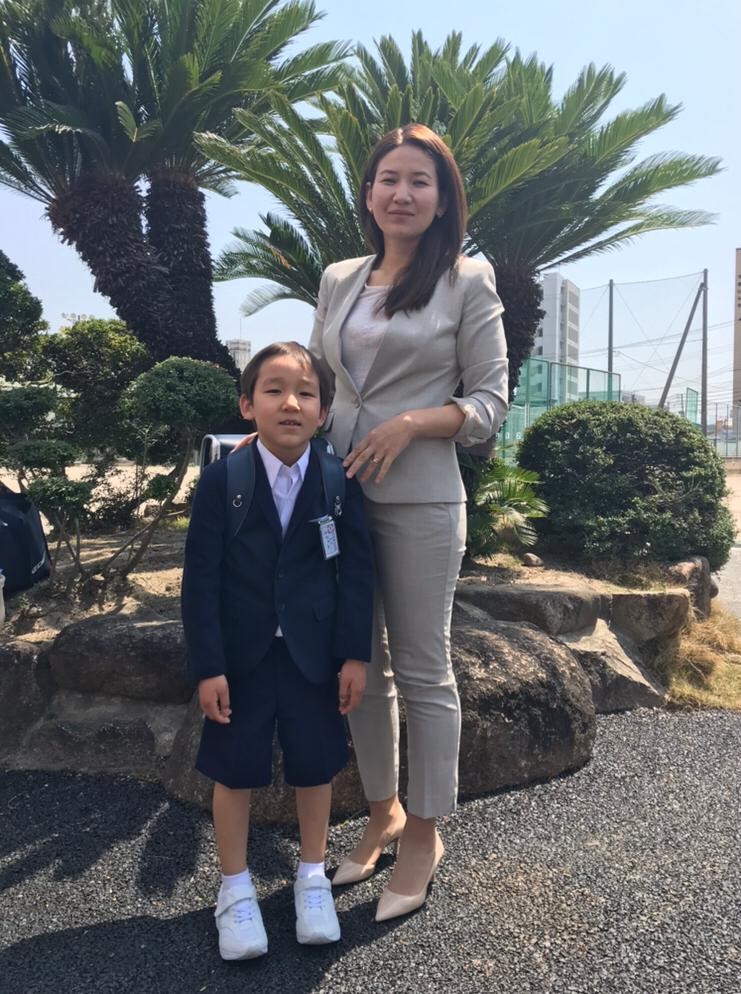
My speciality is a surgeon. I'm in graduating year of doctoral studies. So happened that my husband in Astana and I have been living in Japan for four years with my son. I work at the University Hospital in Hiroshima in the organ transplantation and abdominal surgery department.
When we arrived in Hiroshima, my son was not even three years old, and here he went to kindergarten. The school year begins in April, in the kindergarten in April or November. We arrived in November and were a little late. He went to a private accredited kindergarten.
Last April, the son went to the first class of the municipal school. Before the beginning of the year, the teachers had a conversation with parents. They said the child should greet, introduce himself, be able to tell the own name, age. Here the emphasis is on respect and discipline.
The son goes to afterschool, which provided for working parents. There the children do the homework, learn the Japanese language, alphabet. They have a subject «Environmental studies» including how to clean the yard, plant flowers.
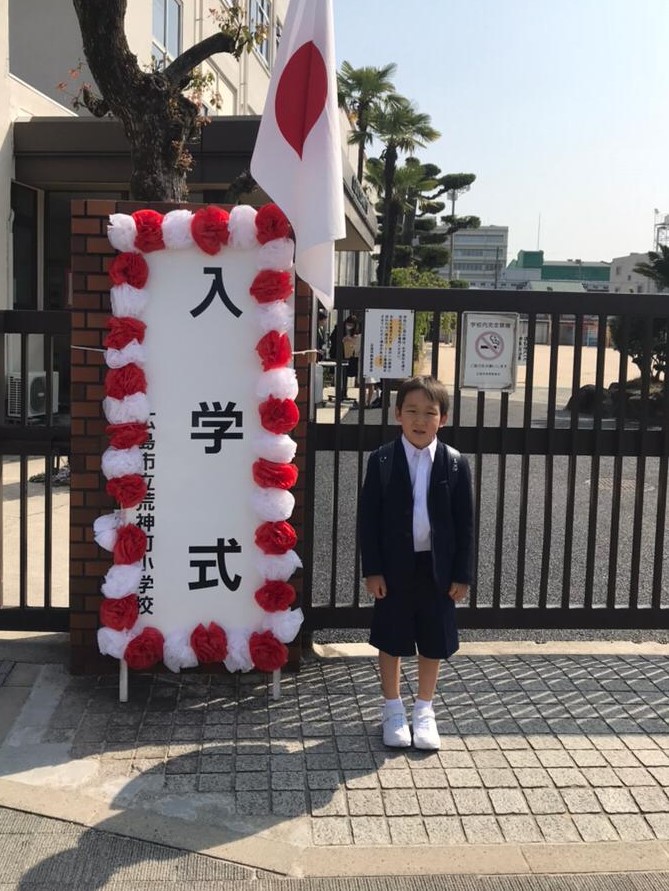
The main subjects — mathematics, orthography, environmental studies, including biology and other subjects. Son does not have grades now. The teacher checks the accuracy and puts something similar to stars. Every two months held a one-on-one meeting with the teacher, and the teacher talks about the positive aspects, as well as about something missing in the child.
In primary school, the emphasis placed on development. Mental tests and exams are in high school. Also in primary school a lot of attention paid to the physical activity of children. All children are physically developed, boys and girls using chinning bars equally. There are several athletics classes to choose where the child can do sports. Before the first lesson children have a big break for 30 minutes. In schools a large courtyard where everything from the sand. In summer in Japan the weather is hot, and the children swim in the pool during the summer season, physical education held in pools as well.
Children with disabilities study in ordinary classes, requirements for them is different, another academic plan. The rest of the children help them if they do not succeed.
The school has the dining room, and we pay for lunch. The amounts of costs depend on the income of the parents. I pay 6,000 yen it is about 18,000 tenge per month. We also buy books, but they are inexpensive.
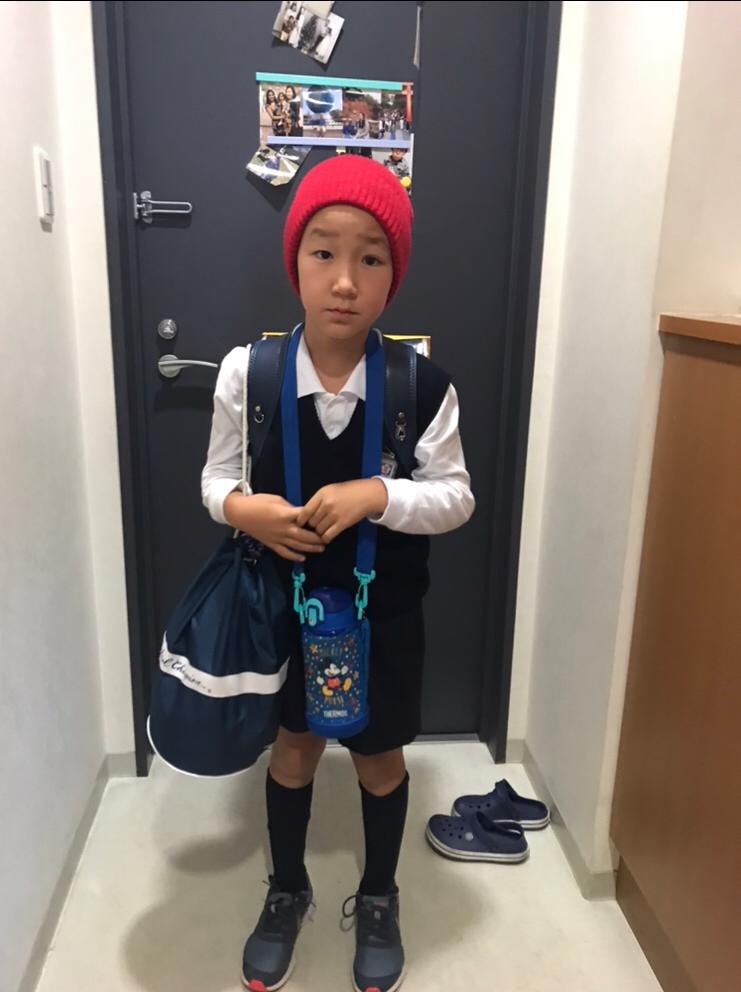
Japanese schools do not have cleaners. When younger students go to lunch, sixth-graders serve them and clean the tables. The children have a form for cleaning the dining rooms. Toilets and floors they also wash.
On winter vacation children rest two weeks. Summer vacation lasts for half a month. There are a lot of tasks for the summer holidays, not writings and readings only, but also the tasks to grow a flower, collect seeds. Remarkable that children have a diary where note every day what have done at home.
My son likes to go to school. Every day they are met by the headteacher, teachers and two parents at the gates of the school. We have a duty to leave work in the morning and meet children. In summer, we are also watching after pool with children by ourselves.
The disadvantage of Japanese schools that the level of education in municipal schools is lower. I think the child will get behind when we return to Kazakhstan. All children are equalized here. If the child is smarter than others, it wouldn't be noticed. Japan has no central heating and children do not have winter uniforms. I wear a warm jacket, but my son wears shorts. Even though, the children grow up and do not get sick.
Marina Gurina, 35 years old, hometown — Khabarovsk, entrepreneur
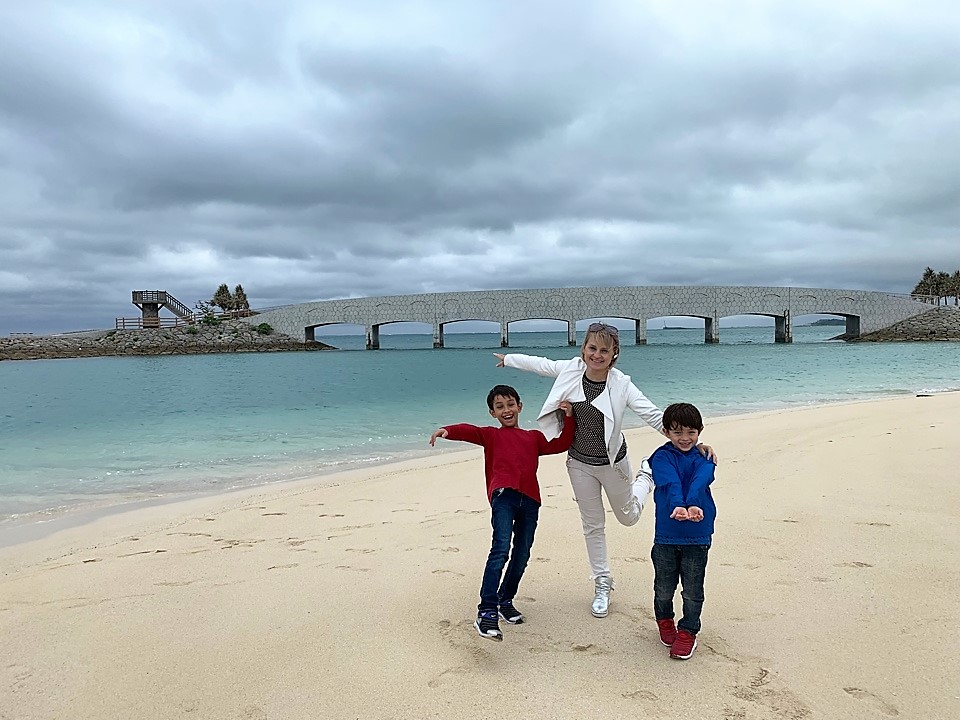
I live in Japan for about 15 years. The last two years in Tokyo, before that I lived in the port city, Toyama. I am engaged in buying and shipping Japanese goods around the world. I have two grown-up sons.
The education system has not changed in schools for a long time. No one uses gadgets it is forbidden, as well as bringing a phone to school. Each child hangs a whistle on the backpack, in some cases the child pulls the whistle for attracting attention.
Some schools with free form, in others the form is required, it must be purchased only in special stores. The price varies from $200 and above in elementary school, in the senior from $800. Also, need to buy a tracksuit with the logo of your school. The price starts at 200 dollars.
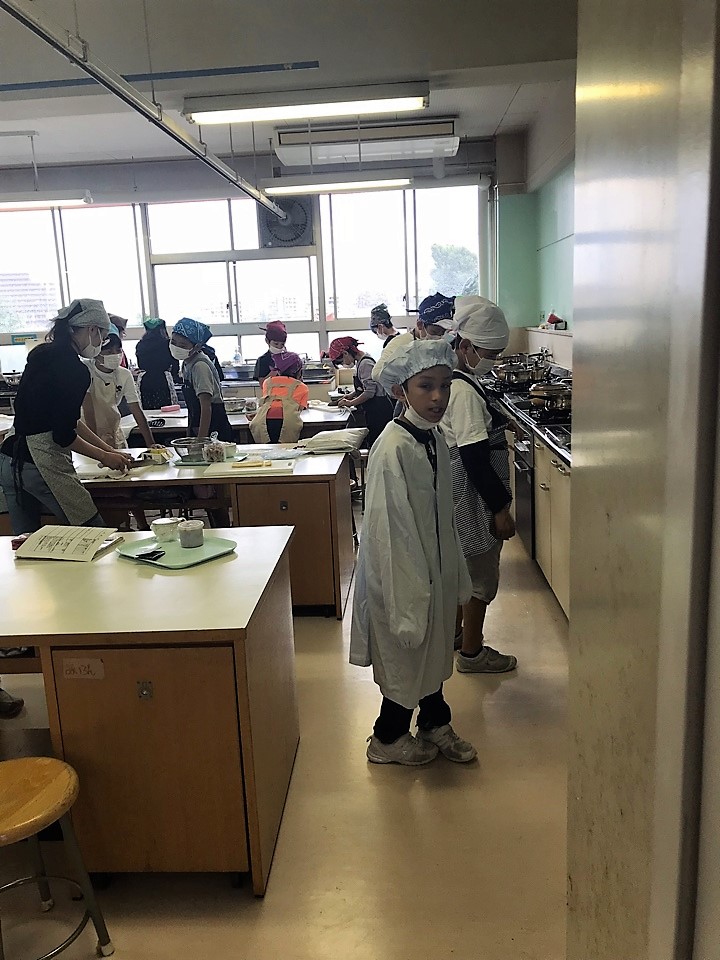
No canteens here. Food is brought to school every day, and the attendants help to carry it for everyone on the table. Once a month parents are given a child's menu for every day.
There is almost no homework, for full education child visit additional classes, it is not cheap at all. Education seems free, but such knowledge not enough to enter a University.
Among the disadvantages is a bias attitude towards foreign children and children from mixed marriages with the Japanese. So happen that they are unaccepted in the collective.
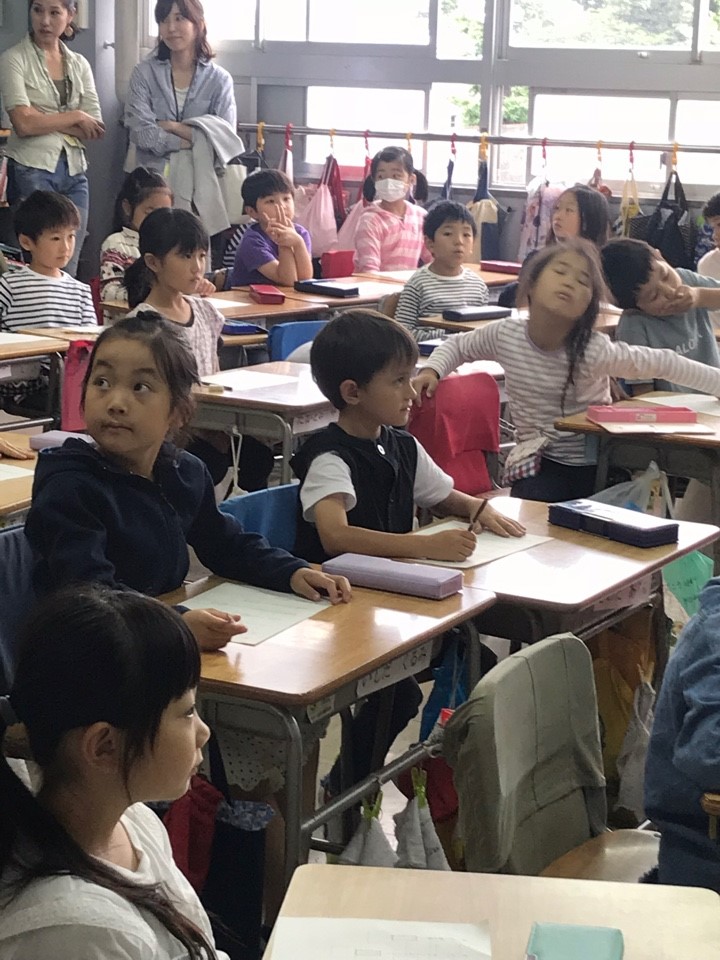
The school is also silent about the many problem situations.
The country is developed, but all the documents still on the paper.
Anna Lidrik, age 38 hometown — Vladivostok, colour therapist and Illustrator
I have two main professions — Illustrator and colour therapist. I work with adults and children with the help of colour. 18 years ago I got married and went to Japan. I have four children who go to four different schools. We live in Japan in a small town near Osaka.
Schools are divided into primary, middle and high schools, which is not obligatory. Schools' year has three quarters. The child chooses a high school by himself, on the base of secondary school results and the exam. From this choice depends on University for entrance. There is university entrance to which only possible after graduating from a certain middle and high school. Choice whom you want to be in the future and where to study has to be made in kindergarten. Therefore, the Japanese talks that the child will be a doctor or teacher since childhood. For me, It was unclear in the Japanese education system. When my eldest daughter is in high school, I understand why hard studying is important. If she wanted to be a doctor, she wouldn't be in the right school.
The elementary school has lunches, that students eat in the classroom. Food is delivered to schools in containers and large pots from the dining centre of the city.
School uniforms are not mandatory everywhere. Until recently, the backpack of a certain type was mandatory. The weight with textbooks exceeds a third of the weight of a first-grader, an unaffordable burden for a child. Also, a child needs to carry a change of shoes, musical instruments, a set for painting, a bag with an apron and a napkin for lunch. Books cannot be left at school.
The school program is simple, but not enough for further admission, and many visits additional classes. Many companies provide such services. Named JUKU. The cost of training 15,000 — 100,000 yen per month. And the cost of school with lunch starts at 7000-12,000 yen.
Middle school differs from the primary school in terms of knowledge and amount of study. There are clubs for interests — tennis, football, painting. Children return from school after 6 PM or 7 PM, have dinner and go to extra classes until 10 PM, and sometimes up to 12 PM. But there is almost no homework.
School uniform is required and it is expensive — starts from 60,000 yen for the minimum set. The cost of public middle school is almost the same as the cost of primary school.
In schools no heating even when the temperature in the class below eight degrees, near the desk putting the heater. Forbidden to miss the lessons, even due to health issues, it is better to come and take leave in the medical centre of the school. Few missed and the school is over, regardless of ratings.
At the end of each quarter held test, after results of which school will offer possibly for admission high schools. The lower the score, the fewer schools and chances to get a job in the future. If the number of points is not enough, then no entrance to the desired school.
Education in high school is more expensive. There are few public schools, and the passing score is high. Many schools specialised, and after graduation, you can go to work. For example, a school for flight attendants. High school exams are held in one day across the country, a few days later in private. So everyone has two chances for entrance. Those who did not pass are preparing for the next year.
Most of all I do not like in the Japanese education system that there is no free time to walk or play. It seems that children have no childhood. And everything should be solved in the kindergarten — an adult almost have no choice, and for me it is wrong.



